Several years ago, we tried to tour the King Ranch Tour, but arrived just after the bus pulled out for the last tour of the day. Obviously, we did not do our research before time. This time, I was determined to get it right since that was the main purpose of this visit to Kingsville, Texas.
After moving to Texas in 1988, I began to hear of King’s Ranch and see their brand on various items from leather goods to a Ford Truck. I did not know the history of the Ranch, but vaguely recall hearing about a Henrietta King who ran the large ranch. Having always loved ranch romance stories as a teenager and dreams of a horse ranch as a small child, I knew that I had to check out this large ranch with a big reputation.
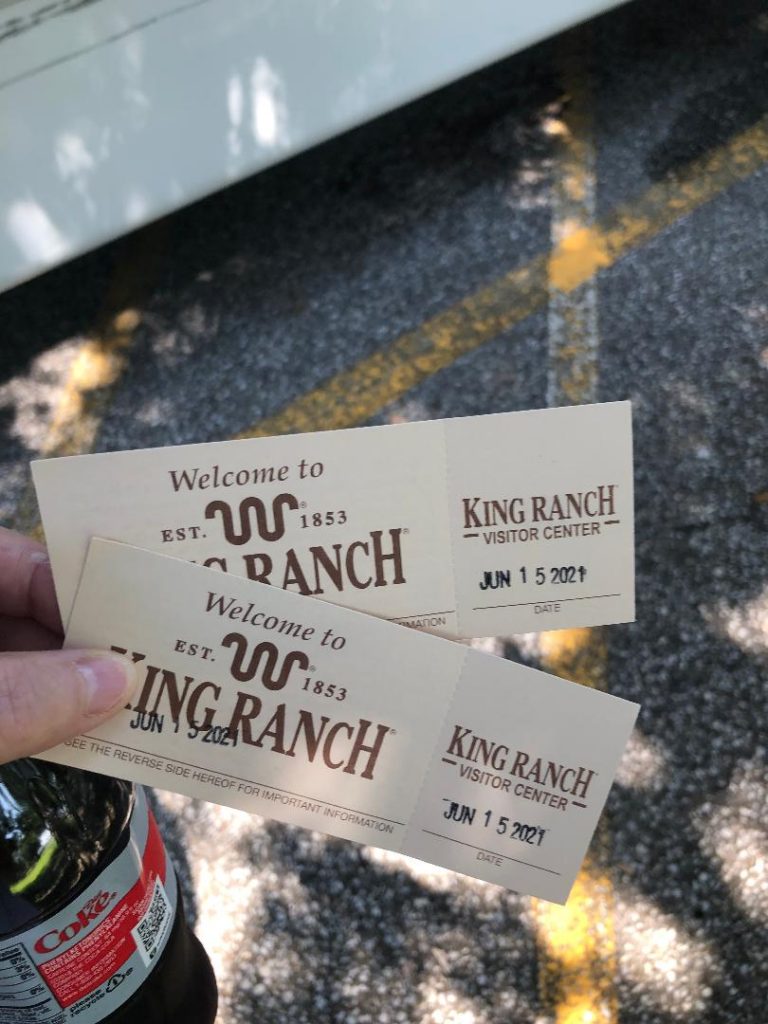
To be better prepared, I checked out the tour times, hours of operation and purchased tickets online. There was a discount to the King Museum if I purchased it at the time of the tour tickets. Check yes was the only answer for me. It was great to learn that the tour was in an air-conditioned small bus, especially in June with the temperature already in the 90s. I didn’t know if we would be getting off the bus, walking, etc…, so I prepared us by mandating hats and sunscreen. Frank grumbled as usual but complied.
Our GPS took us to an Econo Lodge, nope that’s not King Ranch. I kept double checking the address, but that’s what it kept indicating. After a short call to the visitor center, we were on our way to the correct place. They had our reservation ready upon check in at the Visitor’s Center along with our tickets to the King Museum that we could use at any time in the next few days. We were able to catch the last bit of a video and do potty breaks before loading the bus with our fellow tourists.
The bus driver / tour guide, Ellen was a librarian for a local school district, so I instantly felt a connection as a fellow educator. She was chatty, friendly, informative and willing to stop at a moments notice if we saw something that caught our eye. I realized at the end she had a stack of cards to reference about the history, but her talk came across as a well-versed person with knowledge about all the different aspects of the ranch and its history. She didn’t “read” to us, and I recall her only hesitate about one item, which she quickly clarified. So, good job Ellen!
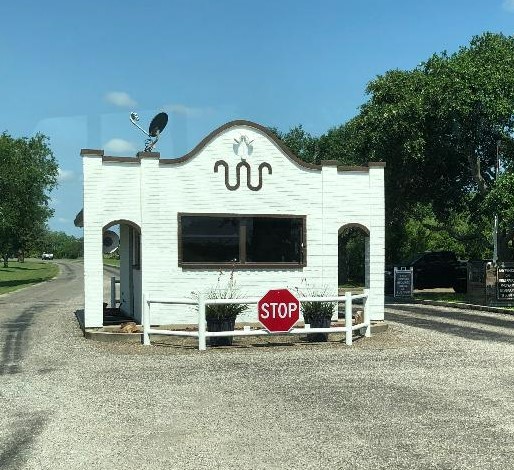
One of the first things we learned was that the King Ranch in Texas has four divisions, and we were on the Santa Gertrudis division. Another interesting fact was that they have their own line of fencing. They do not use barb wire, you know, the wire that tamed the West. Their fence is more like “hog panels” but thinner and more pliable. It is stretched six inches off the ground so small wildlife can crawl under (rabbits, etc..) and is closer together at the bottom so calves can’t get their heads stuck in it while being inquisitive. The top part is further apart since the calves grow and can’t possibly get their heads caught in it. How humane! It is obviously more expensive than stringing barbed wire and it is used everywhere on the ranch.
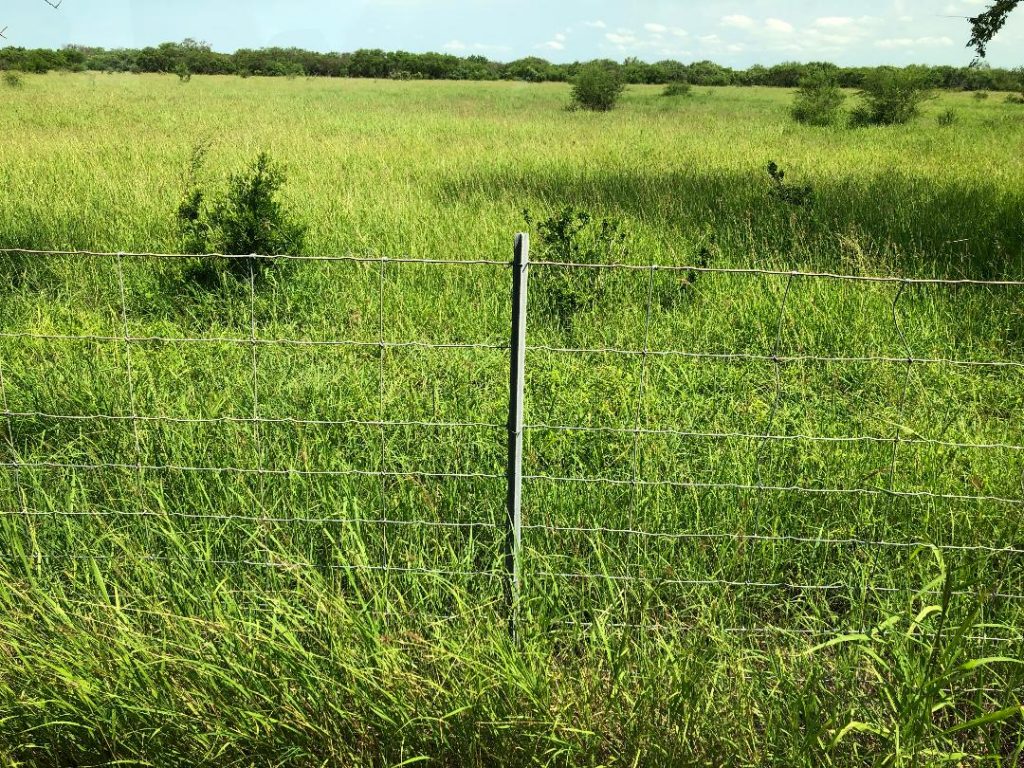

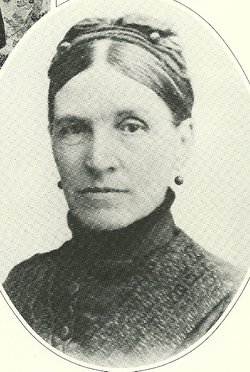
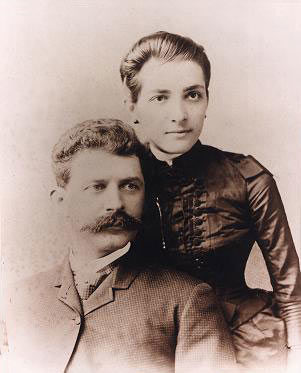
Alice Gertrudis King.
The story of Captain Richard King, a steamboat captain, and Henrietta Chamberlain King is woven into the narrative of the bus tour. Henrietta was the daughter of a Presbyterian minister, while Richard King from New York stowed away on a ship at the age of 11 and was known for his rough and tumble ways along with his “colorful” vocabulary. Richard King eventually became a steamboat captain and ended up investing in 15,500 acres on the Santa Gertrudis Creek in Nueces County, which became the beginning of the King Ranch and the Running W brand. (SPOILER ALERT: They do not know why Captain Richard King chose the Running W as the brand for the King Ranch. It’s a big mystery.) Henrietta and Richard married in 1850 and went on to have five children. The ranch though has been handed down due to their youngest daughter Alice who married a lawyer, Robert Justus Kleberg. When Captain King died in 1885, Henrietta took over full ownership and the running of the ranch along with $500,000 of debt. Under her leadership and with the help of her son-in-law Robert Kleberg, the King Ranch grew and became debt free. Henrietta was instrumental in having the railway go through Kingsville. She invested in and owned many businesses in Kingsville along with having the first Presbyterian Church built. She even donated land for Baptist, Methodist, Episcopal and Catholic churches. It was Henrietta King, who had taught school briefly before her marriage, that constructed a public high school and gave it to the town of Kingsville. While Captain Richard King might have started King Ranch, it was Henrietta King that saw it reach its potential and prosper.
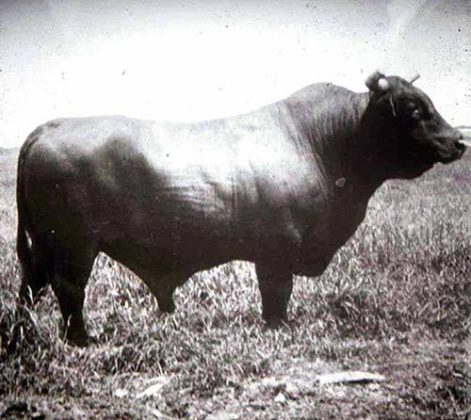
The Santa Gertrudis breed of cattle was developed on King Ranch and is the first beef breed formed in the U.S. The breed was formed by mating Brahman bulls with Beef Shorthorn cows, with the final composition being about three-eighths Brahman and five-eighths Shorthorn. A bull named Monkey, born in 1920, became the founding sire of the breed. The Santa Gertrudis Breeders International Association formed in Kingsville, Texas in 1950. These cattle are known for their red coats, with white markings and having a short, smooth coat. They are known for their tolerance to heat, tick resistance, and little or no waste fat. The cows are known for their milking ability and ease of calving. (Yes, I had to look some of this up as I couldn’t remember every little detail.)
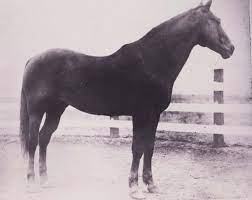
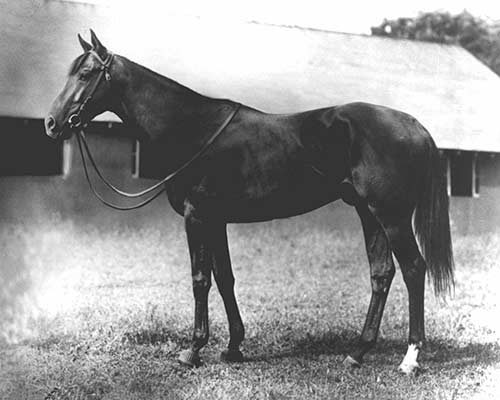
King Ranch is also known for their cattle horses – quarter horses and every horse on the ranch is descended from “Old Sorrel”, the foundation sire. In addition, they are also descended from Peppy San Badger or Mr. San Peppy. We were able to see one of their current stallions – “The Boon” in a pasture as part of the tour. What I found remarkably interesting is that King Ranch was also once known for their Thoroughbreds and had a Triple Crown winner. That’s right, a Texas horse, specifically, a King Ranch horse, won the Triple Crown in 1946. The horse was named Assault and he was a cripple. That’s right, a cripple horse won the Triple Crown. He only seemed to limp, due to a bad foot injury when he walked or trotted. When he ran, there was no sign of a limp, but he was nicknamed “The Club-Footed Comet,” even though he was not club-footed. My personal belief is he wanted to prove he was not club footed. lol. Assault’s trainer, Max Hirsch stated, “He [ASSAULT] never showed any signs that it was hurting him… I think that when the foot still hurt him, he got in the habit of protecting it with an awkward gait, and then he kept it up. But he galloped true. There wasn’t a thing wrong with his action when he went fast.”
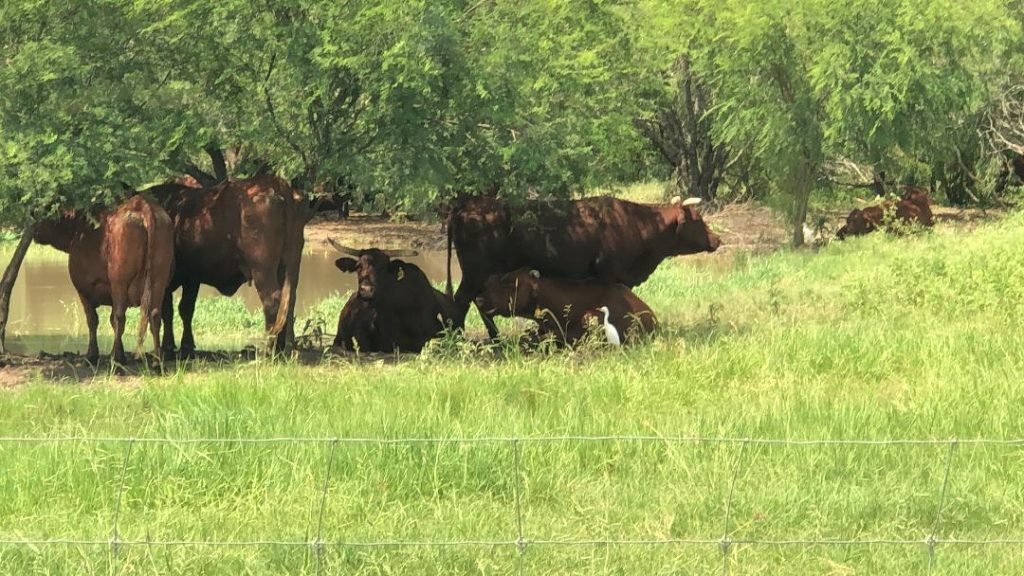
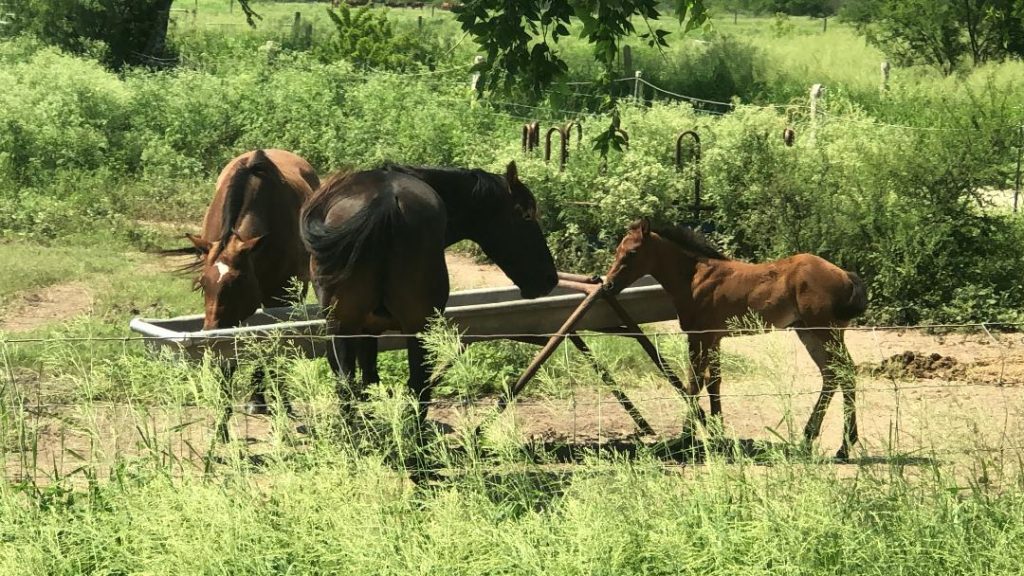
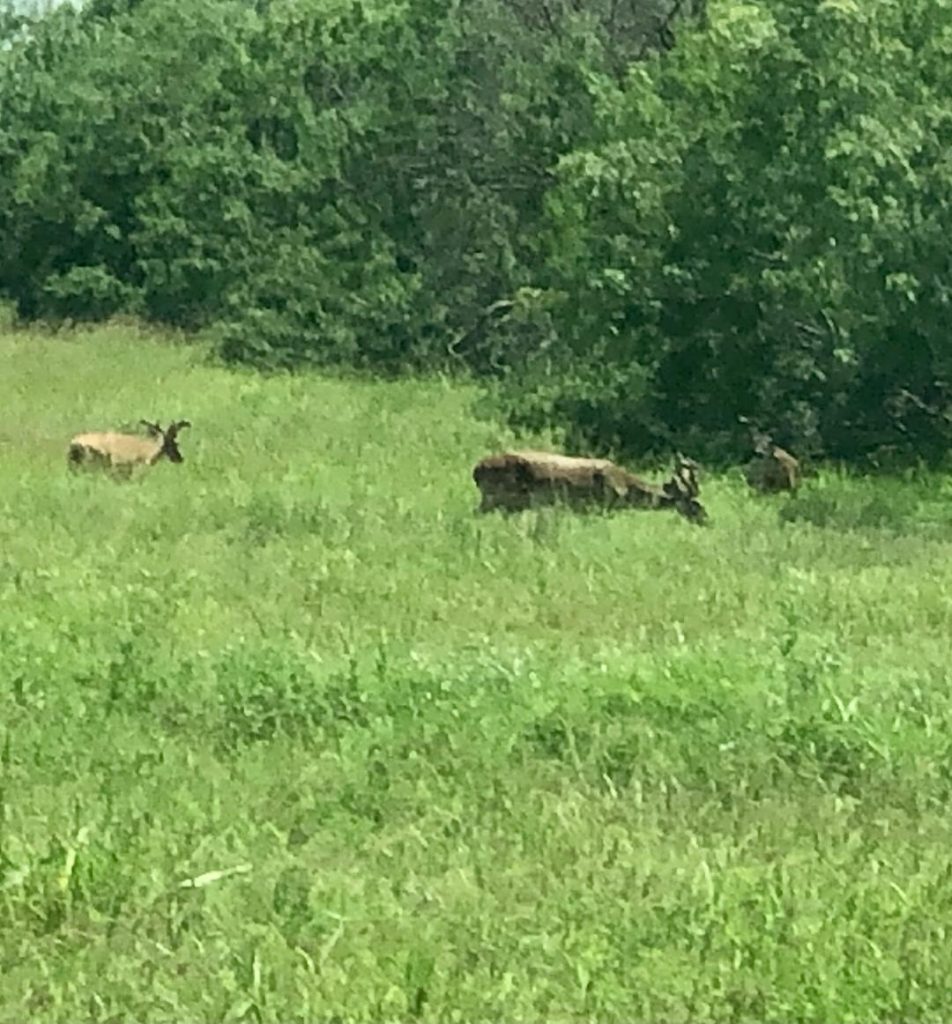
Back to the tour, we saw various pastures of cattle and horses plus lots of wildlife. It wasn’t hunting season, so we saw a lot of deer. In fact, people can book wildlife tours of the ranch and you can even hunt on the ranch. (I didn’t ask the price tag for that.) If birding or hunting is your thing, check them out. Frank did tell me that he had previously hunted on King Ranch. When he was a teenager and living in Flour Bluff, a local pasture was a part of King Ranch. Frank and some buddies would go hunt for coyotes there. The pelts were bringing in $20 a pelt, so a local who dealt with the pelts would pay them $10 for each coyote hide. This was in the 1970s, so I think the statute of limitations has run out for his indiscretion. lol. I’m sure the ranch was pleased that the coyote population was being kept from overpopulation. Wink, wink.
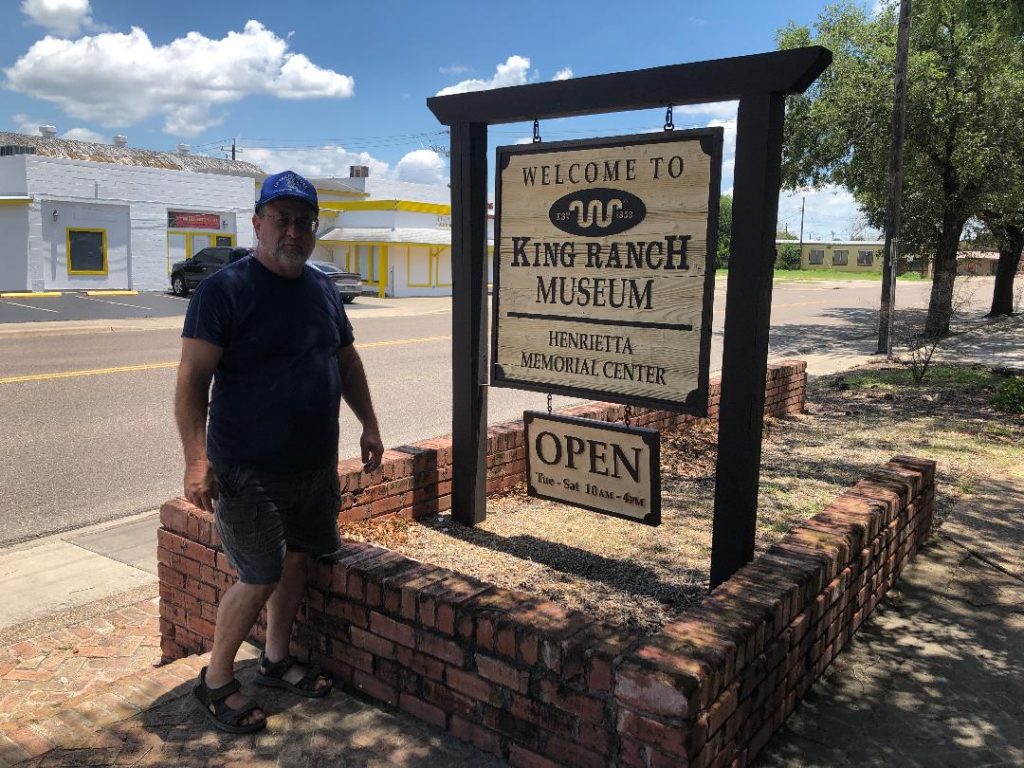
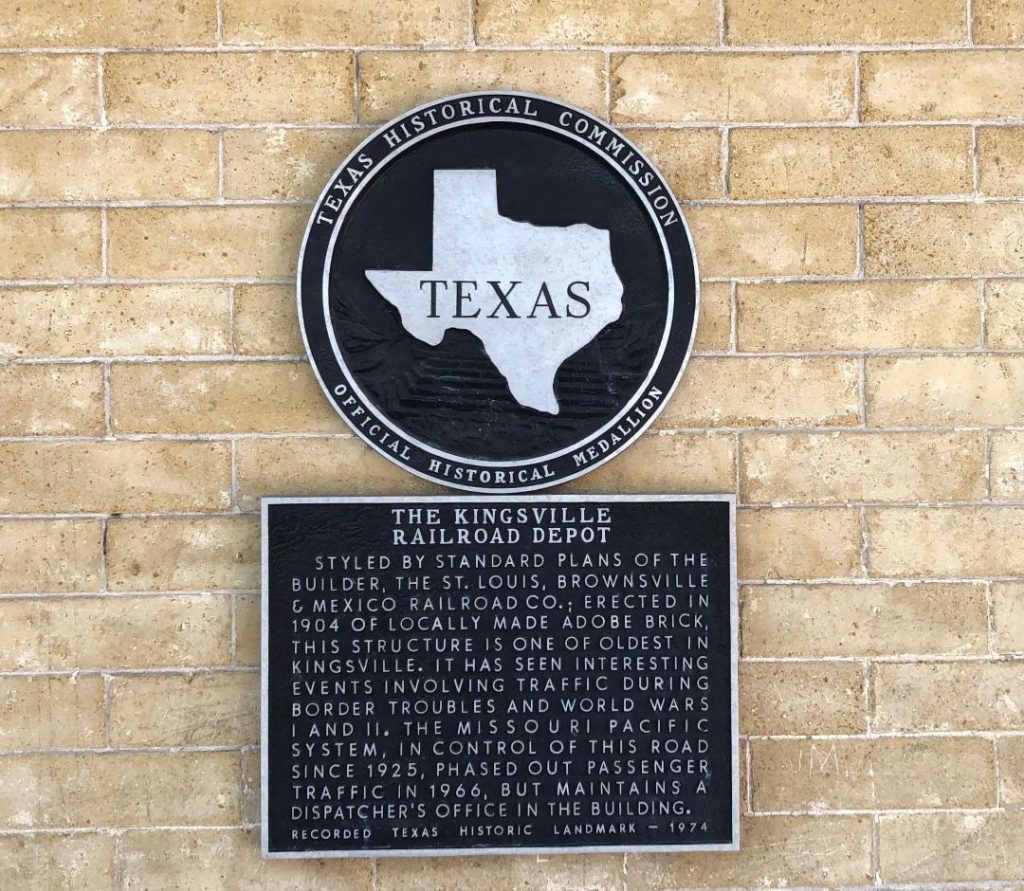
I highly recommend the King Ranch Tour and we also enjoyed the King Ranch Museum. We checked it out the next day and they have some large photographs from the 1940s on display along with a “hunting” car, some buggies, the first King Ranch Ford Truck, various saddles, etc… We even popped in the 1904 Railroad Depot, which was free, to view some artifacts since our oldest grandson is a train fanatic. There is another museum in town that is part of the Texas A&M University Kingsville. It was started by their first history professor John E. Conner when it was a “normal” school for teachers’ training. We didn’t make the time to visit but read some good reviews.
If you are ever in the area of Kingsville, Texas, check them out or do like we did and make a special trip to see King’s Ranch. We stayed in the Kingsville Nature’s Own RV Resort. It was neatly kept, had great wi-fi, a pool, laundry area and even a dog spa where Frank gave Bailey a bath. It is South Texas, so there wasn’t any shade, but overall, a great park.
Remember to Come Explore with Us!
Until next time,
Beth
